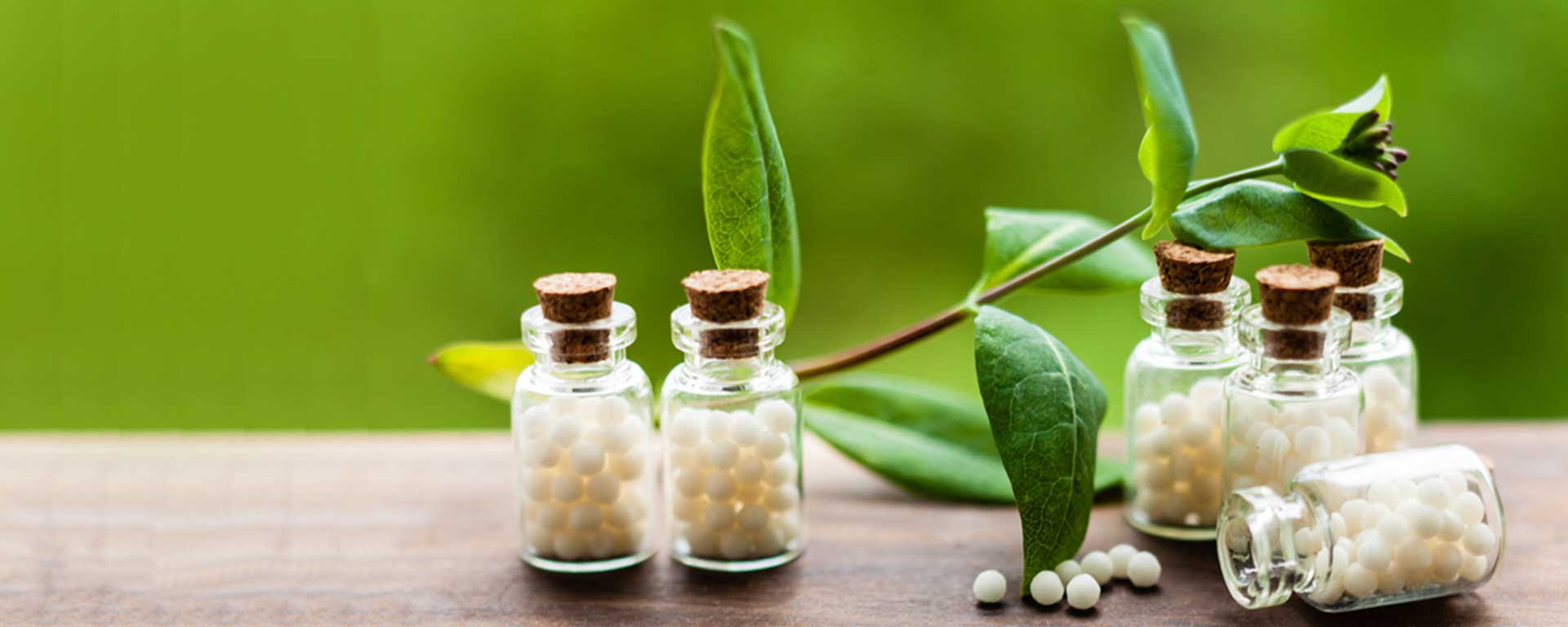We use cookies to make your experience better. To comply with the new e-Privacy directive, we need to ask for your consent to set the cookies. Learn more.

MYTHS ABOUT HOMOEOPATHY | BAKSON
Myth - Homoeopathy is a "Slow Acting System”
The action of medicine depends on whether the disease is acute or chronic. Acute diseases are of recent origin, e.g. cold, fever, headache that develop very quickly & if the correctly selected medicine is given to the patient, it produces very quick results. The chronic diseases are those which have a long history, e.g. Bronchitis, Asthma, Eczema, Arthritis etc. These occur as a result of continuous suppression by other systems of medicine. These types of chronic diseases will definitely require some time to be cured. Thus it is the complexity, duration and suppression of the disease which makes it time consuming to cure rather than the mode of healing that is Homoeopathy.
Myth - Allopathic or other treatment cannot be taken with homoeopathic medicine
If a person is on long continued allopathic treatment, especially steroids or "life-saving drugs", discontinuing the medicine abruptly might cause sudden increase in the intensity of his symptoms. So the best way is to reduce the dosage of the allopathic medicine gradually as the improvement starts & then stop them.
Myth - Onion, garlic, tea, coffee etc. are restricted with homoeopathic medicine
Researches have shown that there is no effect of such things on the efficacy of the medicine if these are taken in moderation & a significant gap is maintained between them & the medicine. Homoeopathic medicines act well on patients habituated to coffee and betel.
Myth - Disease increases after taking treatment
Everyone knows that homoeopathic medicines are given on the basis of symptom similarity. Primary action of the medicine may be observed by the patient as an aggravation of his disease but in fact it is only homoeopathic aggravation which is a part of curative process.
Myth - Homoeopathic medicines should not be touched
One can always take the medicine on one’s clean hands.
Myth - Homoeopathy is only good for children
Homoeopathic Medicines are equally good for children and adults. If homoeopathic treatment is given to children right from the beginning, it not only helps to remove the disease completely but also increases their resistance and prevents the disease from becoming chronic, thereby, developing stronger generations.
Myth-Pathological investigations are not required in Homoeopathy
Although for initial homoeopathic prescription investigations are not required but to treat the case holistically and to know about its prognosis appropriate investigations are a must. They also help in proper management of the case and its follow up.
Myth - Single medicine should be given
Single medicine should be the first choice as per homoeopathic principles but the complex symptom picture presented by the patient makes it difficult to prescribe the similimum at times. Hence, combination medicines have become a common practice.
Myth - All homoeopathic medicines are same
It appears that all homoeopathic medicines are same because they are dispensed in globules. Actually in all preparations the vehicle remains the same but it is medicated by different homoeopathic potentised dilutions.
Myth - Homoeopathy is a self-read science
Homoeopathy is a scientific system and is not something, which can be learned from books. For becoming a homoeopath one has to complete a 5½ year degree course in Homoeopathy including one year of internship. During the course, the students are taught, subjects like Anatomy, Physiology, Pathology, Jurisprudence, Surgery, Medicine, Gynaecology & Obstetrics. Practicing Homoeopathy without a recognized degree is a punishable offence under the law. Many colleges in India also offer postgraduation in Homoeopathy, M.D. (Hom), in various disciplines.



